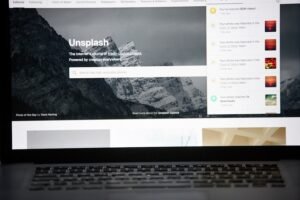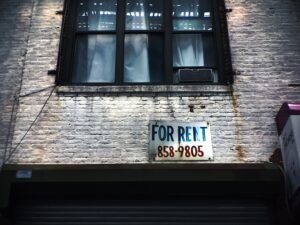Design plays a crucial role in the success of any website, and holiday rental sites are no exception. In a highly competitive market, where travelers have countless options to choose from, a well-designed website can make all the difference in attracting and retaining guests. Design trends in the holiday rental industry are constantly evolving, and staying up-to-date with these trends is essential for staying ahead of the competition.
Design trends can have a significant impact on the success of a holiday rental site. A well-designed website can create a positive first impression, build trust with potential guests, and ultimately lead to more bookings. On the other hand, a poorly designed website can be confusing, frustrating, and may deter guests from making a reservation. By incorporating the latest design trends into their websites, holiday rental owners can enhance the user experience, improve conversion rates, and ultimately increase their revenue.
The Importance of Design in Holiday Rental Sites
Design plays a crucial role in influencing a guest’s decision to book a property. When potential guests visit a holiday rental site, they are looking for a place to stay that meets their needs and preferences. A well-designed website can effectively showcase the unique features and amenities of a property, making it more appealing to potential guests. On the other hand, a poorly designed website can make it difficult for guests to find the information they need or navigate through the booking process, leading to frustration and ultimately abandonment.
In addition to influencing booking decisions, design also impacts the user experience on a holiday rental site. A well-designed website should be visually appealing, easy to navigate, and provide a seamless booking experience. By incorporating intuitive navigation menus, clear call-to-action buttons, and responsive design elements, holiday rental owners can create a user-friendly experience that encourages guests to explore their properties and make a reservation.
Minimalism: A Popular Design Trend for Holiday Rental Sites
Minimalism has become a popular design trend in recent years, and it is particularly well-suited for holiday rental sites. Minimalist design focuses on simplicity, clean lines, and a clutter-free layout. By eliminating unnecessary elements and distractions, minimalist design allows the property and its features to take center stage.
One of the main benefits of minimalist design for holiday rental sites is that it creates a sense of calm and tranquility, which is often what travelers are looking for when planning a vacation. By using a minimalist design, holiday rental owners can create a visually appealing website that showcases their properties in a way that is both elegant and inviting.
Several holiday rental sites have successfully implemented a minimalist design. Airbnb, for example, uses a clean and simple layout with plenty of white space to highlight the properties listed on their site. The use of large, high-quality images and minimal text allows potential guests to quickly get a sense of what each property has to offer.
Responsive Web Design: Ensuring Optimal Viewing Experience Across Devices
With the increasing use of smartphones and tablets, it is essential for holiday rental sites to be optimized for mobile devices. Responsive web design is a design approach that ensures a website looks and functions seamlessly across all devices, including desktops, laptops, tablets, and smartphones.
Responsive web design is important for holiday rental sites because it allows potential guests to easily browse and book properties from any device. A responsive website automatically adjusts its layout and content based on the screen size of the device being used, providing an optimal viewing experience for every user.
Several holiday rental sites have successfully implemented responsive web design. Booking.com, for example, uses responsive design to ensure their site looks great on any device. The site automatically adjusts its layout and content based on the screen size, making it easy for users to search for properties and make reservations from their smartphones or tablets.
High-Quality Imagery: Capturing the Essence of the Property
High-quality imagery is essential for holiday rental sites as it allows potential guests to visualize themselves staying at the property. When browsing through properties, guests want to see clear, well-lit photos that accurately represent the space and its amenities.
To capture high-quality imagery for a holiday rental site, it is important to invest in professional photography. Professional photographers have the skills and equipment necessary to capture the property in the best possible light, highlighting its unique features and creating a sense of ambiance.
In addition to professional photography, it is also important to consider the composition and staging of the photos. Each photo should tell a story and evoke emotions in potential guests. By carefully selecting and arranging furniture, adding fresh flowers or other decorative elements, and ensuring the space is clean and clutter-free, holiday rental owners can create visually appealing photos that capture the essence of the property.
User-Friendly Navigation: Making it Easy for Guests to Find What They Need
User-friendly navigation is crucial for holiday rental sites as it allows guests to easily find the information they need and navigate through the booking process. A well-designed navigation menu should be intuitive, organized, and easy to understand.
To create user-friendly navigation on a holiday rental site, it is important to keep the menu simple and concise. Avoid overwhelming users with too many options or submenus. Instead, focus on the most important pages and categories that guests are likely to visit, such as property listings, amenities, pricing, and booking information.
It is also important to use clear and descriptive labels for each menu item. Avoid using jargon or industry-specific terms that may confuse users. Instead, use simple and straightforward language that clearly communicates what each page or category is about.
Personalization: Creating a Unique Experience for Every Guest
Personalization is becoming increasingly important in the holiday rental industry as travelers seek unique and tailored experiences. By incorporating personalization into their websites, holiday rental owners can create a more engaging and memorable experience for their guests.
One way to personalize a holiday rental site is by offering recommendations based on the guest’s preferences and past bookings. For example, if a guest has previously booked a beachfront property, the site can recommend similar properties in other beach destinations. This not only helps guests find properties that meet their preferences but also encourages repeat bookings.
Another way to personalize a holiday rental site is by allowing guests to customize their search criteria. For example, guests can specify their desired location, number of bedrooms, amenities, and other preferences to narrow down the search results and find properties that meet their specific needs.
Several holiday rental sites have successfully implemented personalization. HomeAway, for example, uses personalized recommendations based on the guest’s search history and preferences. The site also allows guests to save their favorite properties and create personalized lists for future reference.
Social Media Integration: Maximizing Exposure and Engagement
Social media integration is essential for holiday rental sites as it allows owners to maximize their exposure and engage with potential guests. By integrating social media into their websites, holiday rental owners can showcase their properties, share guest reviews and testimonials, and interact with their audience in real-time.
One of the main benefits of social media integration is that it allows holiday rental owners to reach a wider audience. By sharing property listings, photos, and updates on social media platforms such as Facebook, Instagram, and Twitter, owners can attract new guests who may not have otherwise discovered their properties.
Social media integration also allows holiday rental owners to engage with potential guests on a more personal level. By responding to comments, answering questions, and providing helpful information, owners can build trust and establish themselves as reliable and responsive hosts.
To integrate social media into a holiday rental site, it is important to prominently display social media icons or buttons that link to the property’s social media profiles. It is also important to regularly update the social media profiles with fresh content, such as photos, videos, and blog posts, to keep followers engaged and encourage them to visit the website.
Security and Trust: Building Confidence in Guests
Security and trust are paramount in the holiday rental industry, and it is important for holiday rental sites to build confidence in their guests. By implementing security measures and showcasing trust indicators on their websites, holiday rental owners can assure potential guests that their personal information is safe and that they are booking a legitimate property.
One way to build security and trust on a holiday rental site is by using secure payment gateways. Guests should be able to make payments securely and confidently, knowing that their financial information is protected. It is also important to clearly communicate the security measures in place, such as SSL encryption, to reassure guests that their personal information is safe.
Another way to build trust is by showcasing guest reviews and testimonials. Potential guests are more likely to book a property if they see positive reviews from previous guests. It is important to display reviews prominently on the website and encourage guests to leave feedback after their stay.
Sustainability: Incorporating Eco-Friendly Practices into Design
Sustainability is becoming increasingly important in the travel industry, and holiday rental sites can play a role in promoting eco-friendly practices. By incorporating sustainability into the design of their websites, holiday rental owners can showcase their commitment to the environment and attract environmentally conscious travelers.
There are several ways to incorporate eco-friendly practices into the design of a holiday rental site. One way is by using energy-efficient hosting providers that use renewable energy sources. By choosing a hosting provider that runs on renewable energy, holiday rental owners can reduce their carbon footprint and contribute to a more sustainable future.
Another way to promote sustainability is by encouraging guests to adopt eco-friendly practices during their stay. This can be done by providing information on local recycling programs, offering reusable water bottles or shopping bags, or suggesting eco-friendly activities and attractions in the area.
Staying Ahead of the Game with Holiday Rental Site Design Trends
In conclusion, design trends play a crucial role in the success of holiday rental sites. By incorporating the latest design trends into their websites, holiday rental owners can attract and retain guests, enhance the user experience, and ultimately increase their revenue. From minimalist design to responsive web design, high-quality imagery to user-friendly navigation, personalization to social media integration, security and trust to sustainability, there are numerous design trends that can help holiday rental owners stay ahead of the game and create a memorable experience for their guests. By staying up-to-date with these trends and continuously improving their websites, holiday rental owners can ensure they are providing the best possible experience for their guests and maximizing their chances of success in a highly competitive market.






